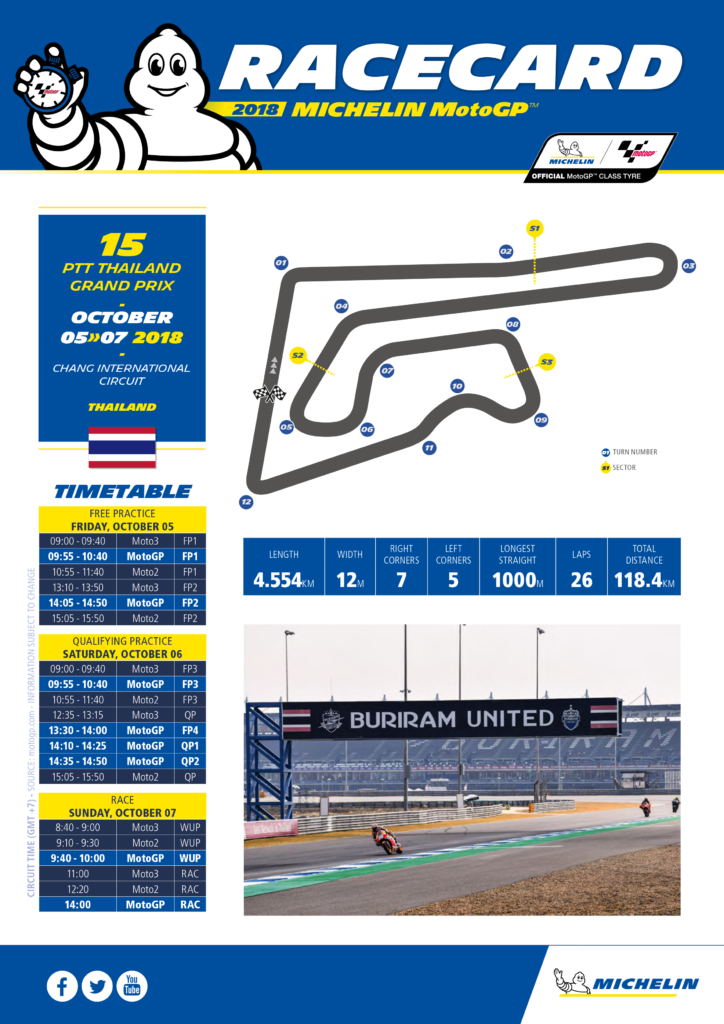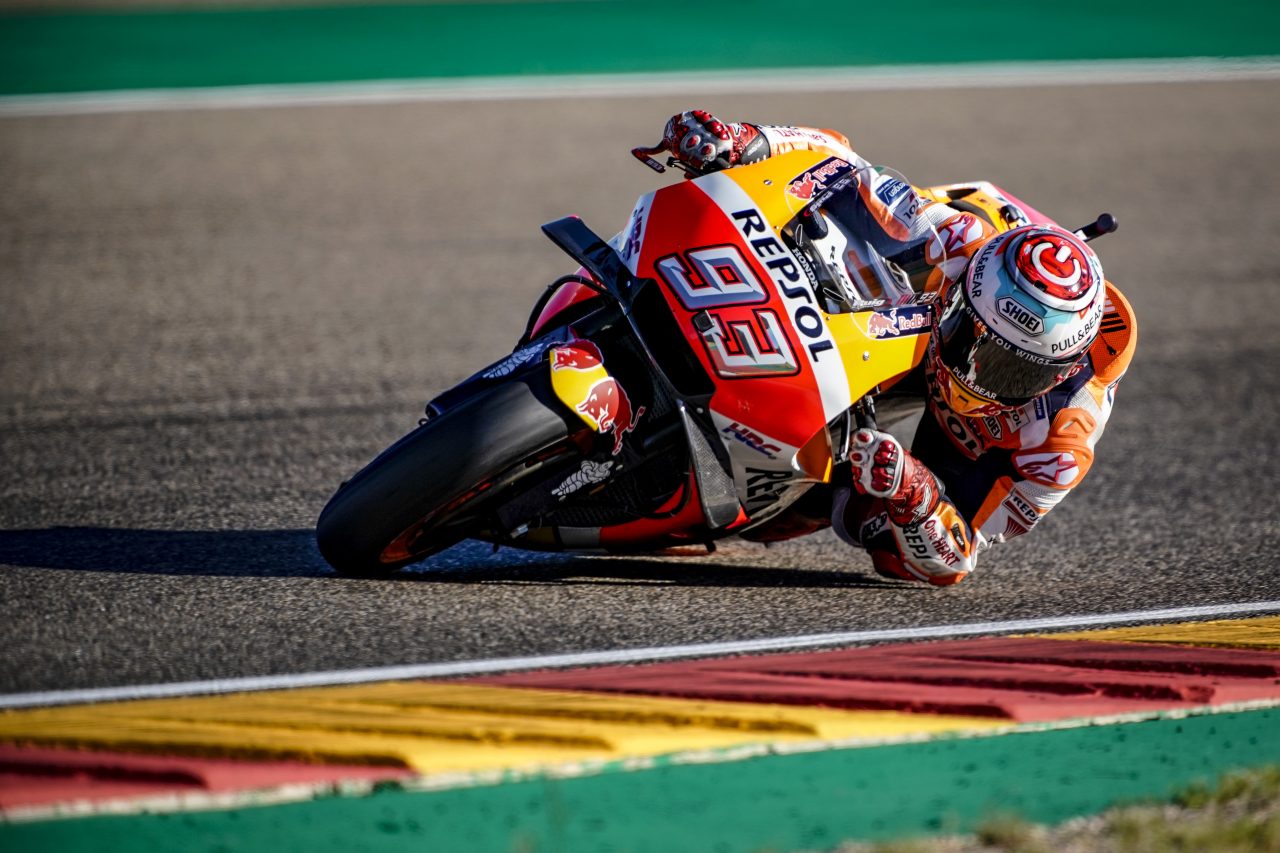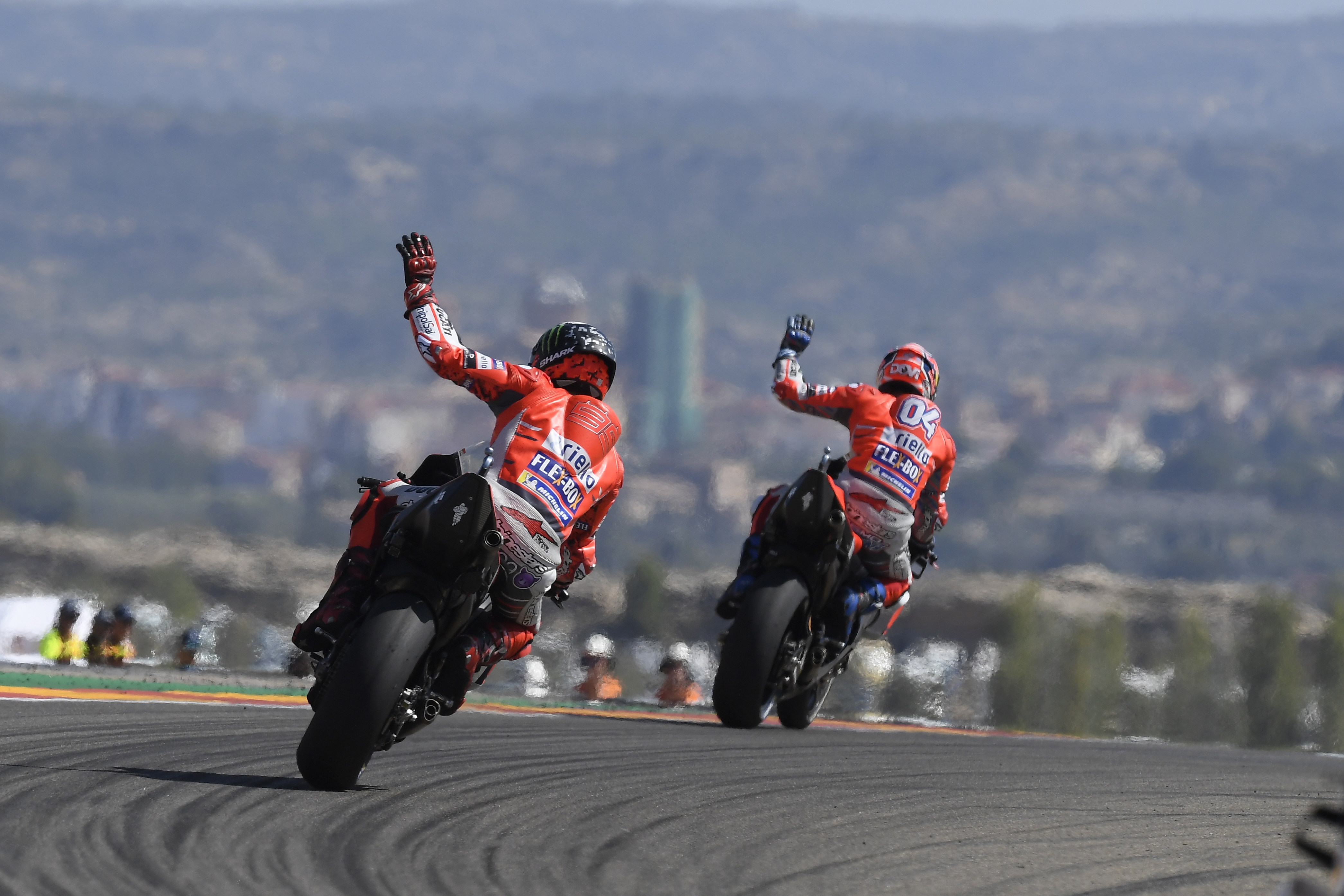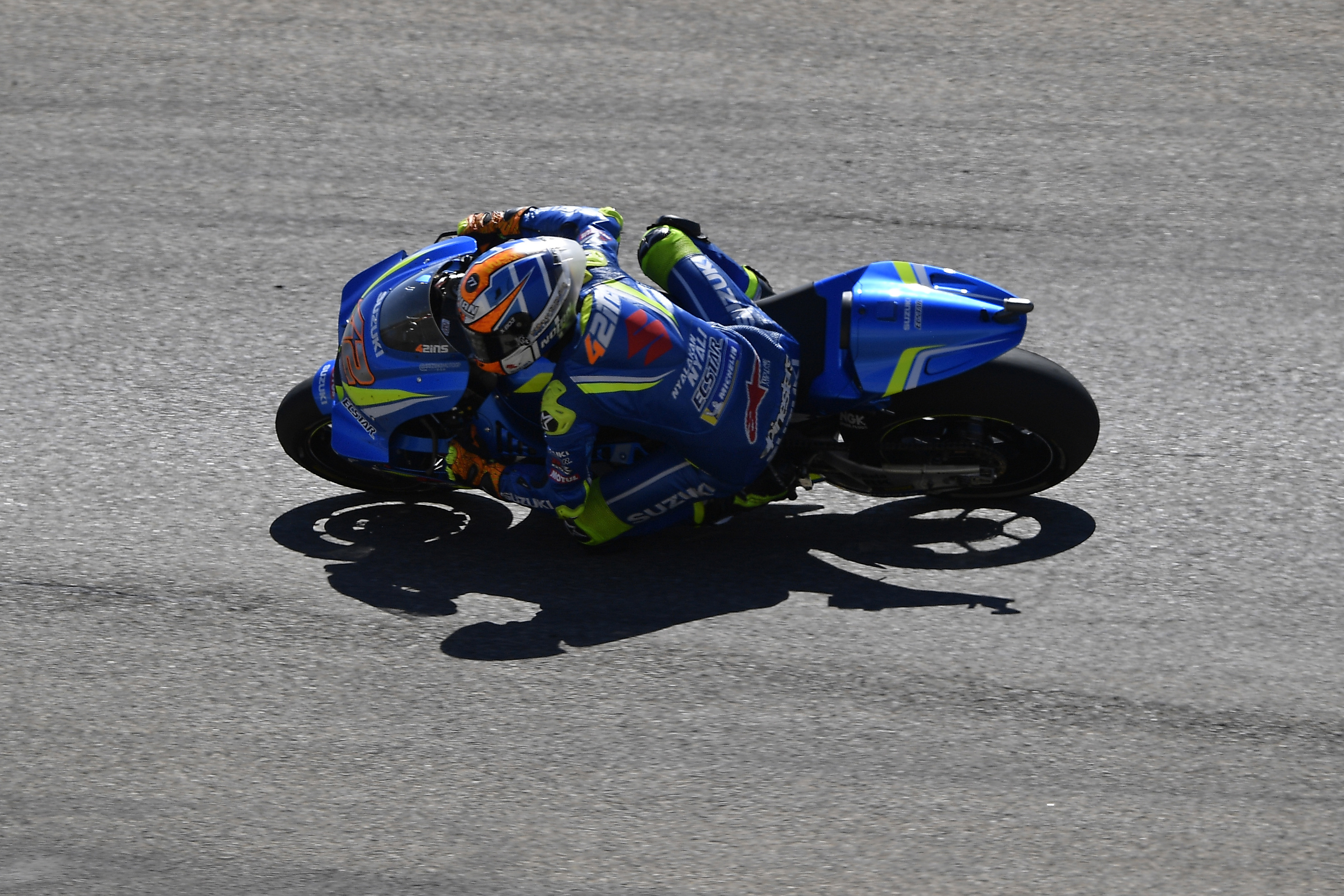After a few years of vying for a place on the MotoGP calendar, the Chang International Circuit in Thailand finally got its slot for the 2018 season, and this weekend the paddock will arrive in Buriram for the first ever Thai round of the MotoGP World Championship.

The circuit is largely uninspiring, with a 90-degree right hander opening up the lap, to launch you down a long straight. At the end of said straight lies a (probably) second gear hairpin which is very wide on entry, making the line choice quite interesting. On the other side of the hairpin lies another long straight, which this time has a very fast (third or fourth gear) left-hander at the end. A short stretch follows, but merely acts as a braking zone for turn five, a slow left-hander, which leads into a slightly faster left-hander where the bikes will be spinning and using those Michelin rears, before flicking it right and down another short chute, and into another 90-degree corner, this time on the right side. Turn nine is a corner which seems like it could have some different approaches, because it leads straight into the medium-speed turn ten, which in turn feeds directly to turn eleven, a fast, fourth gear right hander which will be essential in the race because a good exit could allow a rider to set themselves up for a pass into the final corner – tight, bottom gear hairpin – whilst a poor exit could leave you vulnerable on the final lap.
Ultimately, the layout in Buriram is indicative of the way track design is going, because tracks are being built with the fans in mind, to create good overtaking opportunities in a small space which can be viewed almost in its entirety from the main grandstand.
Of course, MotoGP has already once been to Thailand, back in February for a preseason test, and whilst the layout on paper lends itself perfectly to the Ducatis, it was the Hondas which came out on top eight months ago.
Admittedly, much has changed in those eight months: Ducati has refined its GP18 and made it into what is now the best motorcycle on the grid, although that has not been enough to stop Marc Marquez romping away with this year’s championship.

And the last round in Aragon was a big part of Marquez’ current championship challenge. For sure, he had the title all but wrapped up even as far back as the summer break, but to defeat the Ducatis for the first time since Sachsenring, and to do it in his own backyard, was something which you could sense was quite important for the reigning champion – he had to stop the building momentum in the Italian camp, and he shut it down fairly brutally, beating the Desmosedici GP18s (or, one of them) at their own game: tyre management.
The 2018 champion elect will also be fairly confident coming into the Thai round this weekend. He was ‘only’ third on the timesheets after the three days of testing back in February, but the only people ahead of him were Dani Pedrosa and Johann Zarco, who have both seen significant drops in form in the time since. There were also three Hondas in the top four in the test, with Cal Crutchlow 0.095 seconds slower than Marquez in fourth place. Meanwhile, the top Ducati was Jack Miller in sixth spot, and Andrea Dovizioso was 0.411 seconds off the pace in seventh. There are, then, reasons for Marquez to be hopeful about his chances this weekend – on paper.
However, a different sheet of paper, primarily the one with the track map on it, suggests otherwise.
The heavy acceleration zones, long straights and heavy braking zones play perfectly into the hands of Ducati, who have the best aero and electronics for anti-wheelie and traction, the most power, and the most braking stability of all the bikes out there.

It is likely that only one of the two Bologna Bullets will be able to fight for the victory this weekend, as Jorge Lorenzo is suffering from the injuries he sustained in Aragon in his first corner high side. So the responsibility falls at the door of Desmo Dovi to bring the Italian marque back to the top step.
In reality, the track is split in two, the first half suiting the Ducati and the second suiting the Honda. The way the final corner is makes it the ideal place for a block pass, so come final lap time on Sunday, be ready for a Marquez divebomb if he’s anywhere within range of the #04.
What about the rest?
Well, it makes sense to start with Suzuki. They had a brilliant Aragon, and the words which came from the mouths of their riders afterwards suggested they know what to do to go from +2.6 to -2.6 at the end of the race. That is, they have to run less corner speed. The GSX-RR could suffer this weekend. The heat and humidity of Thailand will mean the bikes produce less power, which puts the more powerful machines at a bigger advantage compared to the lower-powered bikes. A such, the Suzuki will suffer in the first part of the lap, but on the contrary, its sweet-handling chassis should excel in the second half of the lap.

Whilst the heat could be a problem for Suzuki, but it could be a disaster for Aprilia. They have been famed for their unreliability this season, so much so that their riders have struggled to contain themselves at times, and Scott Redding’s emotions even boiled over in Austria when he unleashed an almighty outburst to the press. But with Aleix Espargaro’s sixth-place finish in Aragon two weeks ago, they arrive in Buriram with some rare optimism.
The same cannot be said for Yamaha, however, who will roll out of the pits in Thailand on Friday morning knowing they shall likely be in for yet another difficult weekend. Whilst the long straights and hard accelerations should suit the Ducati well, the M1 will no doubt struggle a lot in these sections, scrabbling for traction which it simply doesn’t have. On the face of it, this weekend could perhaps be even worse than Aragon for the Iwata marque.
And that’s if it remains dry. We saw in Austria how the M1 can suffer in the wet, its acceleration deficit exaggerated by the lack of track grip, and MotoGP heads to Thailand in the rainy season. In fact, when you consider that, the weather could play a decisive role in this weekend’s Thai MotoGP, in that it could decide how much racing we actually see.
